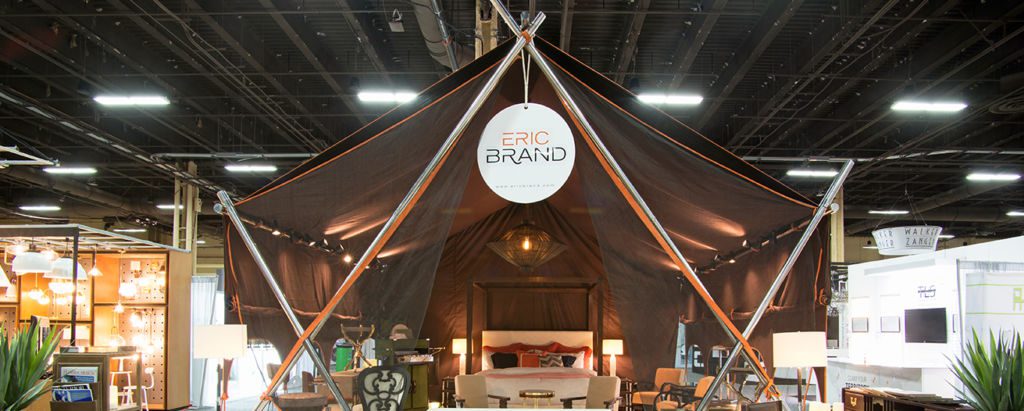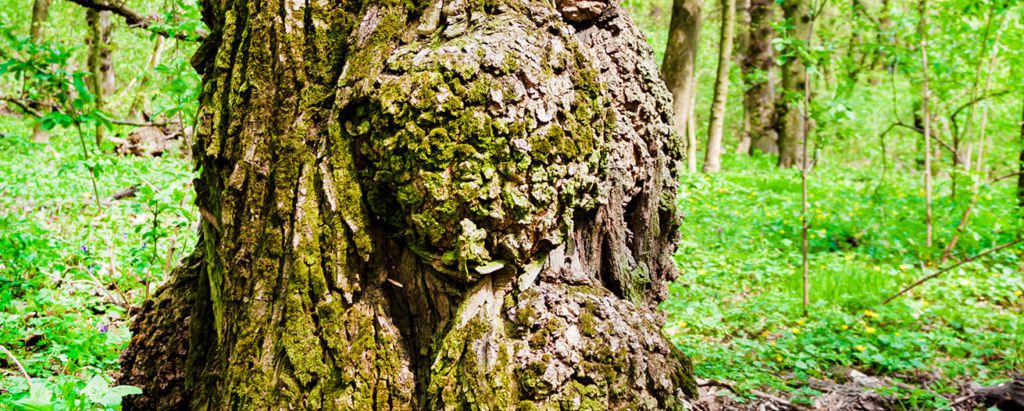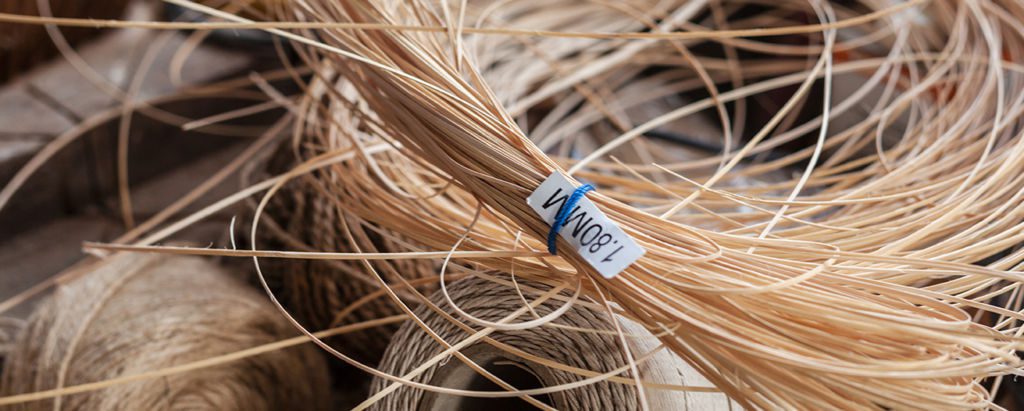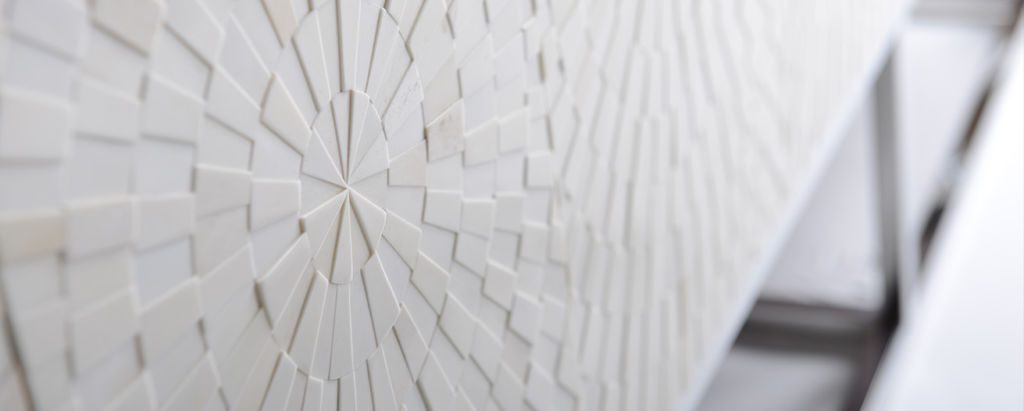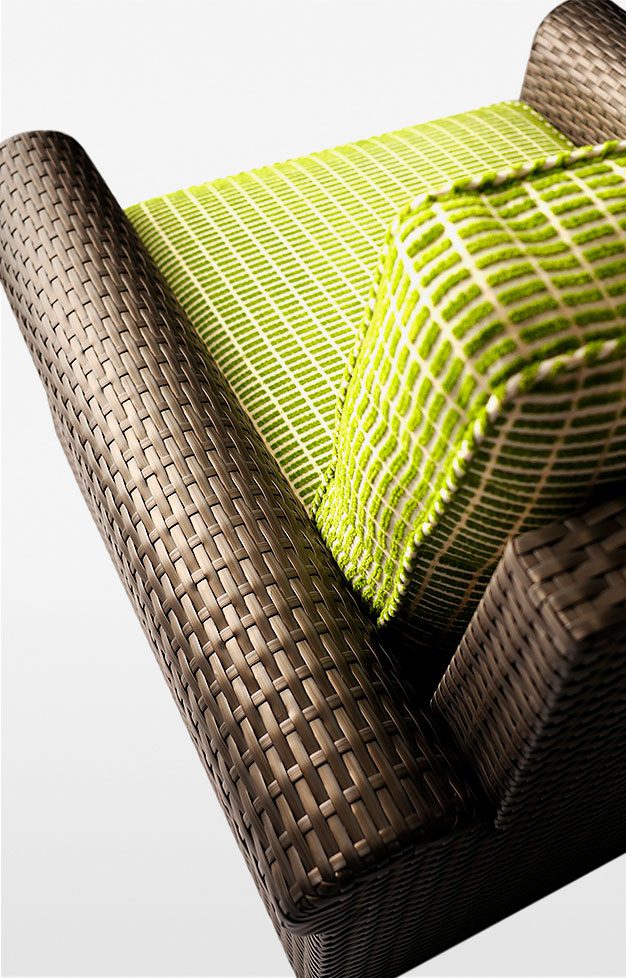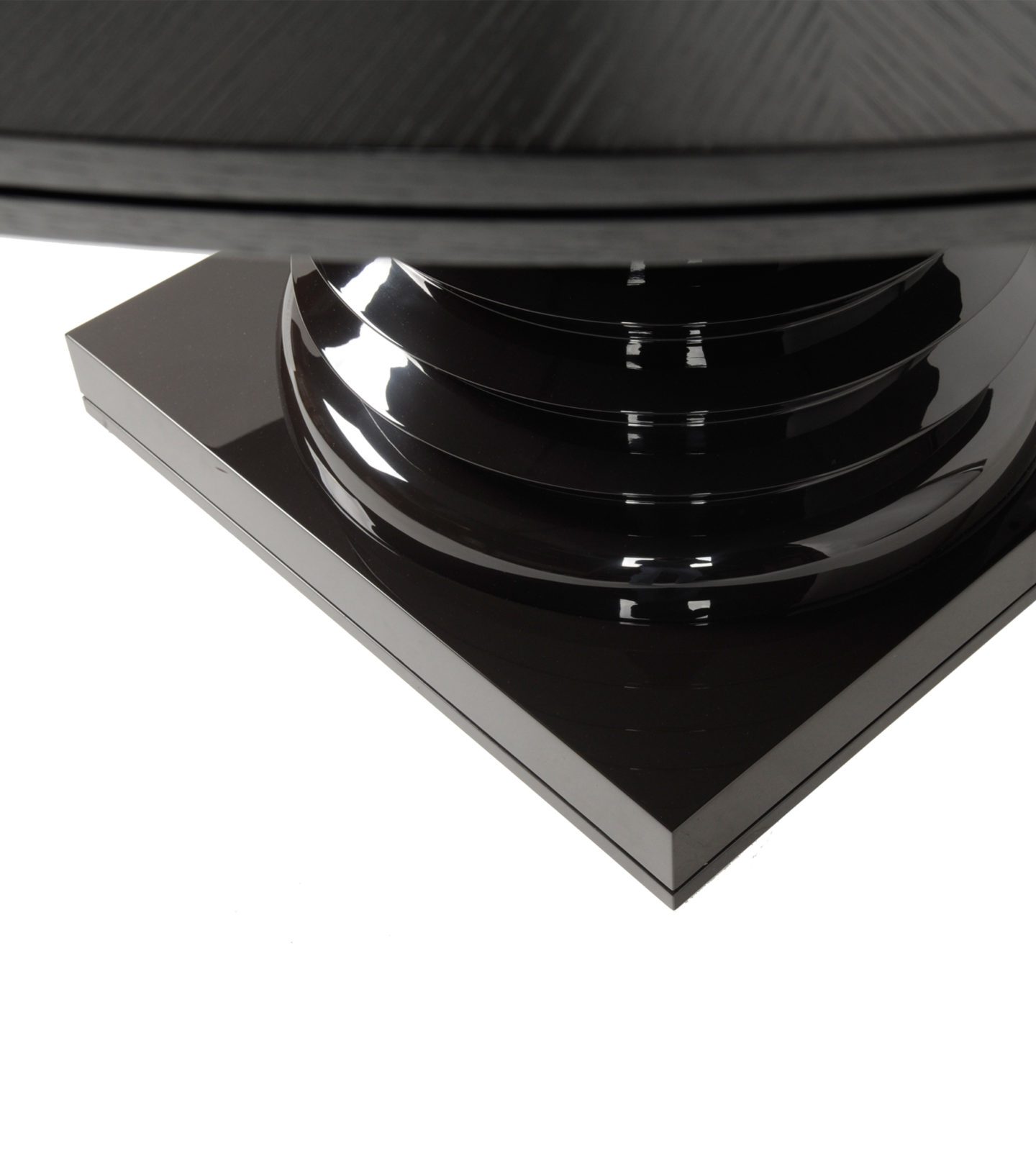The harbingers of Spring are here, snowdrops, aconite and crocuses are popping through the soil, bringing joy to those who venture out to discover such gifts. Sure, it may snow again, and there could still be frost at night, but the excitement for the change of season is palpable.
And with it comes the annual task of hauling out the outdoor furniture. For me that means carrying the chairs from the shed to the patio, along with a few side tables, and finally a few loungers by the pool. The latter is best with the help of a fellow enthusiast.

One item that doesn’t need retrieving is the outdoor dining table, which is too big to fit in the shed. It sits outside all winter, exposed to the elements, but none the worse for wear. Why? Because the table is made of teak.
Teak is a tropical hardwood that is highly valued because it is nearly indestructible. It is extremely high in oil and rubber content which makes it virtually waterproof and insusceptible to dry rot, insect or fungi infestation. The oil content does not degrade when the trees are felled, nor significantly with ageing.
Native teak was found in South and Southeast Asia, specifically India, Thailand, Myanmar, Cambodia, Laos and Indonesia. It has been harvested and used locally for hundreds of years for buildings, bridges, pillars, furniture – even carved statues of buddha.
During the height of European Colonialism throughout Asia, native teak forests were nearly decimated. Its unique properties made it prized in the West for everything from structural supports to shipbuilding. The British Navy made teak the material of choice for its ships. It was also used for benches and other fixtures in public spaces throughout the United Kingdom, many of which are still in use more than 100 years on.
Dutch colonists brought the 1930’s trend of Art Deco architecture and furnishings to Indonesia in a big way. Bandung hosts a plethora of Art Deco buildings and is a source for coveted antique teak furniture ranging from plantation chairs to desks, credenzas, and coffee tables.

Fortunately, the zealous harvesting of teak during the colonial period did not result in the disappearance of the resource. Teak forests are now widely planted and managed not only in their native lands, but also in the Philippines and throughout Central America. Known as Plantation Teak, versus Native teak, there is something of a stigma about the former, but it is unjust. Plantation teak is every bit as valuable and durable as its predecessor.
Plantation teak is known as a renewable resource, taking about 25 years to mature from planting to harvesting. In Indonesia in particular, the industry has been state managed since the departure of the colonists and it is a huge contributor to the Indonesian economy.
There are two additional environmental kudos to be given to teak. First, teak trees absorb carbon from the atmosphere at a far greater rate than other trees, a benefit that helps to combat climate change. And secondly, recycled or reclaimed Native teak is widely used in furniture manufacturing. As very old buildings and other structures are torn down throughout Southeast Asia, the teak is frequently repurposed. And rightly so given its propensity to age gracefully.



